Ear Infection | Causes, Symptoms & Fast Relief
 Jaylan
|
Jaylan
|
 25 Jul 2025
25 Jul 2025
What is an ear infection, and how does it start
An ear infection starts when something blocks the tubes that drain fluid from your ear. These are called Eustachian tubes, and when they get clogged, fluid stays trapped inside. That’s when bacteria or viruses come in. They find that warm, moist space and start growing. Before long, your ear feels full or starts to ache.
It can come after a cold, flu, or even allergies. Some people notice it after flying or swimming. Even just sleeping with your head in the wrong position after a stuffy nose can be enough to kick things off. And in a lot of cases, it isn’t just one thing—it’s a mix.
You might not even realize it’s an infection at first. Maybe you just feel off-balance or like your hearing is muffled. Other times, it hits harder, with sharp pain and a full-on double ear infection that makes both sides ache.
Common symptoms of an ear infection
Pain is the biggest giveaway. It might start slowly and then get worse, or it could hit all at once. Some describe it like pressure building up behind the eardrum. It gets worse when lying down, especially at night.
Hearing might feel fuzzy. The ear may leak fluid, which can be clear, yellow, or even tinged with blood. That’s more likely when the eardrum has ruptured. You might also feel feverish, tired, or dizzy.
In children, look for signs like fussiness, trouble sleeping, pulling at the ear, or crying during feeding. Babies can’t say what’s wrong, so they show it in little ways.
And don’t ignore muffled hearing, which sometimes lingers even after the infection starts to clear.
Different types of ear infections
There’s not just one kind of infection.
Outer ear infections happen in the ear canal. Swimmer’s ear is the common name. Water that stays in the ear after swimming or bathing can lead to this kind. You might feel itching, pain when touching the ear, or swelling at the entrance of the canal.
Middle ear infections are behind the eardrum. These are more common, especially in kids. Fluid gets trapped and starts to push against the eardrum, causing pain. Sometimes there’s pus or fluid that leaks out.
Inner ear infections affect the deepest part of the ear, and they’re the rarest but also most intense. They mess with balance and can cause ringing, nausea, or vertigo.
If you notice symptoms like thick discharge, strong odor, and itchiness, you might have a fungal ear infection. It’s treated differently and needs antifungal ear infection drops.
Why ear infections are so common in kids
Kids get them a lot. Their Eustachian tubes are shorter, more horizontal, and easier to block. When fluid builds up, it doesn’t drain well. Add in their still-growing immune systems, and you’ve got the perfect setup for infection.
They also get colds and viruses more often from school, daycare, or just playing with other kids. And when one illness moves through a group, you can bet someone ends up with an ear infection.
Their ears will grow and drain better as they get older, but in the meantime, ear infections are just part of the ride.
How doctors diagnose ear infections
The doctor will usually look into your ear using an otoscope. It shines a light and gives a clear view of the eardrum. If it’s red, bulging, or not moving like it should, that points to infection.
They might also press gently around the ear to check for pain. Sometimes they’ll check if you’ve had hearing changes, fluid drainage, or fever.
For adults with repeat infections, or if it doesn’t clear up, a hearing test or referral to an ENT might be needed.
Kids, especially, might not always say what hurts, but a doctor knows the signs to look for.
Treatment options for ear infections
In some cases, doctors wait to see if the infection clears up on its own. If symptoms aren’t too bad and there’s no fever, they might hold off on antibiotics and just manage the pain.
If the infection’s stronger, or not going away, cefdinir for ear infection is a common choice—especially for kids. It’s effective and usually works fast.
Ear drops for ear infection can help with inflammation and discomfort. Some are antibiotic, others are just for pain. There are over the counter ear infection medicine options too—like ibuprofen, acetaminophen, and soothing ear infection drops for symptoms.
If you’re dealing with a fungal infection, antibiotics won’t work. You’ll need antifungal drops made for the outer ear canal.
Pets need different care altogether. A dog ear yeast infection might look like redness, head shaking, or scratching. A cat ear infection treatment could mean medicated drops from a vet—not human meds.
When an ear infection becomes serious
Most ear infections get better in a few days. But some need quick action.
See a doctor if you or your child has a high fever, severe pain, or swelling behind the ear.
If fluid keeps draining or there’s hearing loss that doesn’t go away, don’t wait. Repeated infections can cause damage over time.
Adults who suddenly feel dizzy or can’t balance may be dealing with an inner ear issue, and that needs urgent care.
Home care tips for managing ear pain
At home, start with a warm compress—a simple washcloth soaked in warm water helps. Press it gently against the sore ear. It can ease pain and help reduce pressure.
Rest is key. Drink water, keep your head slightly elevated, and avoid cold drinks or loud noises.
Try not to touch or poke inside the ear, even with cotton swabs. And don’t get water in the ear if fluid’s leaking.
Warm olive oil or garlic oil drops are sometimes used by folks at home, but check with your doctor first. Not all remedies are safe for all ears.
Preventing ear infections before they happen
There’s no perfect way to stop them, but some habits help.
Keep your ears dry. After swimming or showering, gently dry the outside. Don’t stick anything in.
Treat colds and allergies early so they don’t turn into something worse. If you smoke, quitting helps—not just your lungs, but your ears too. Secondhand smoke is a big trigger in kids.
Vaccines like the flu shot and pneumococcal vaccine can also reduce your risk by keeping away infections that lead to ear problems.
Ear infections in adults vs. children
Kids are more likely to get them, and they show up fast. Crying, tugging at the ear, or refusing to eat are all clues.
Adults might not get them as often, but when they do, the pain can be sharper. Sometimes it’s tied to a sinus infection ear pain, or pressure that builds from behind the nose.
Adults may also take longer to heal and are more likely to get referred for scans or hearing checks.
Sanford Pharmacy carries everything from ear drops and pain meds to advice and support for dealing with both mild and tough cases. Whether it’s your child, yourself, or even your pet—getting relief fast matters. And we’re always here to help you get it.
Categories

What Is Sucralfate Used For?
 Abdullah
Abdullah

Foods to Avoid When Taking Sulfamethoxazole / Trimethoprim
 Ibrahim
Ibrahim

What Is Rifaximin Used For?
 Aden
Aden
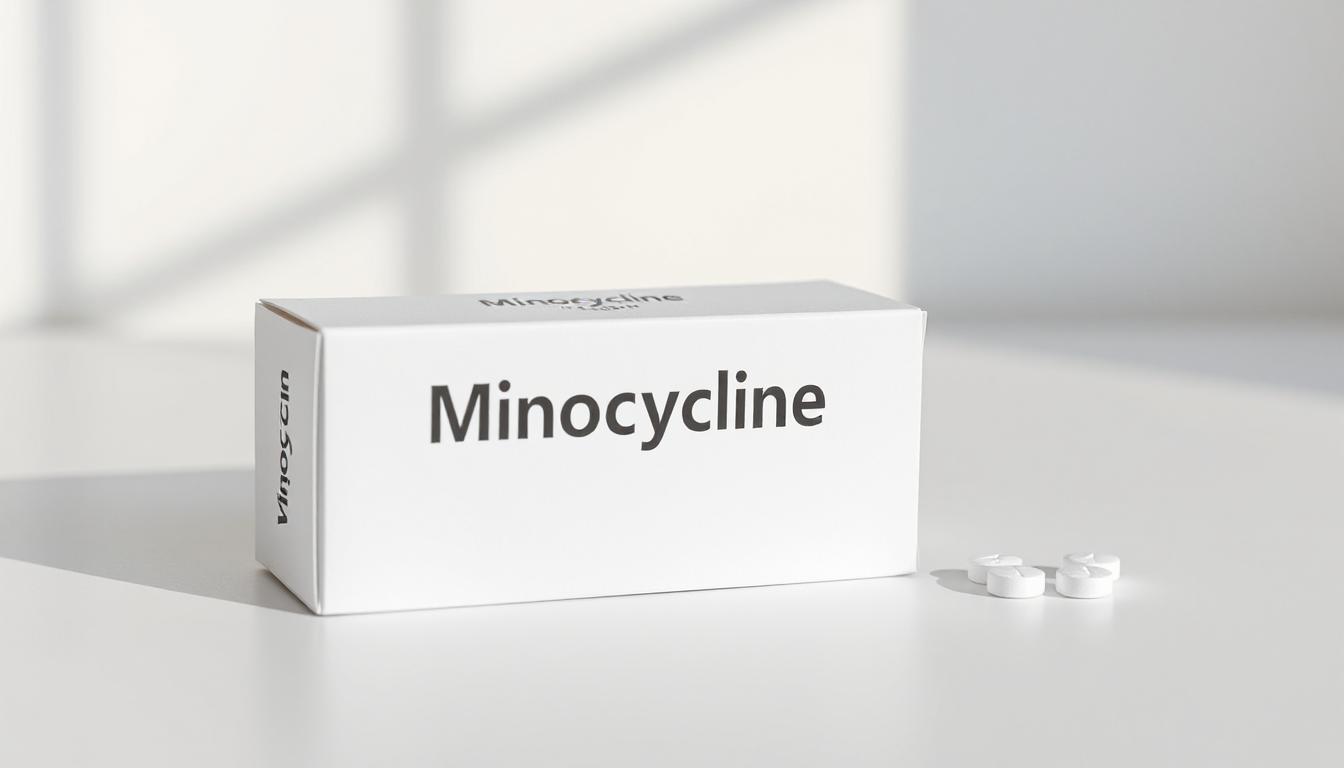
What is Minocycline?
 Tina
Tina

How Long Does Levofloxacin Stay in Your System
 Annette
Annette

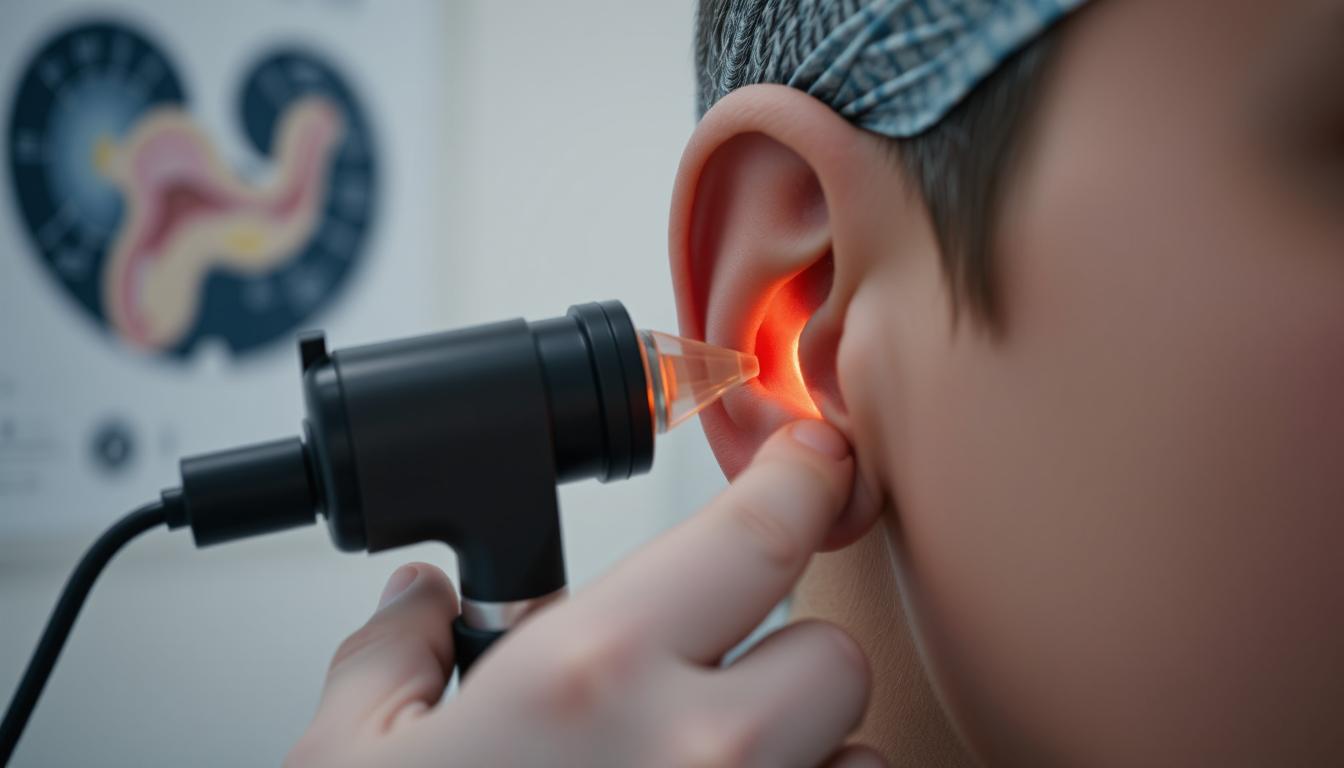
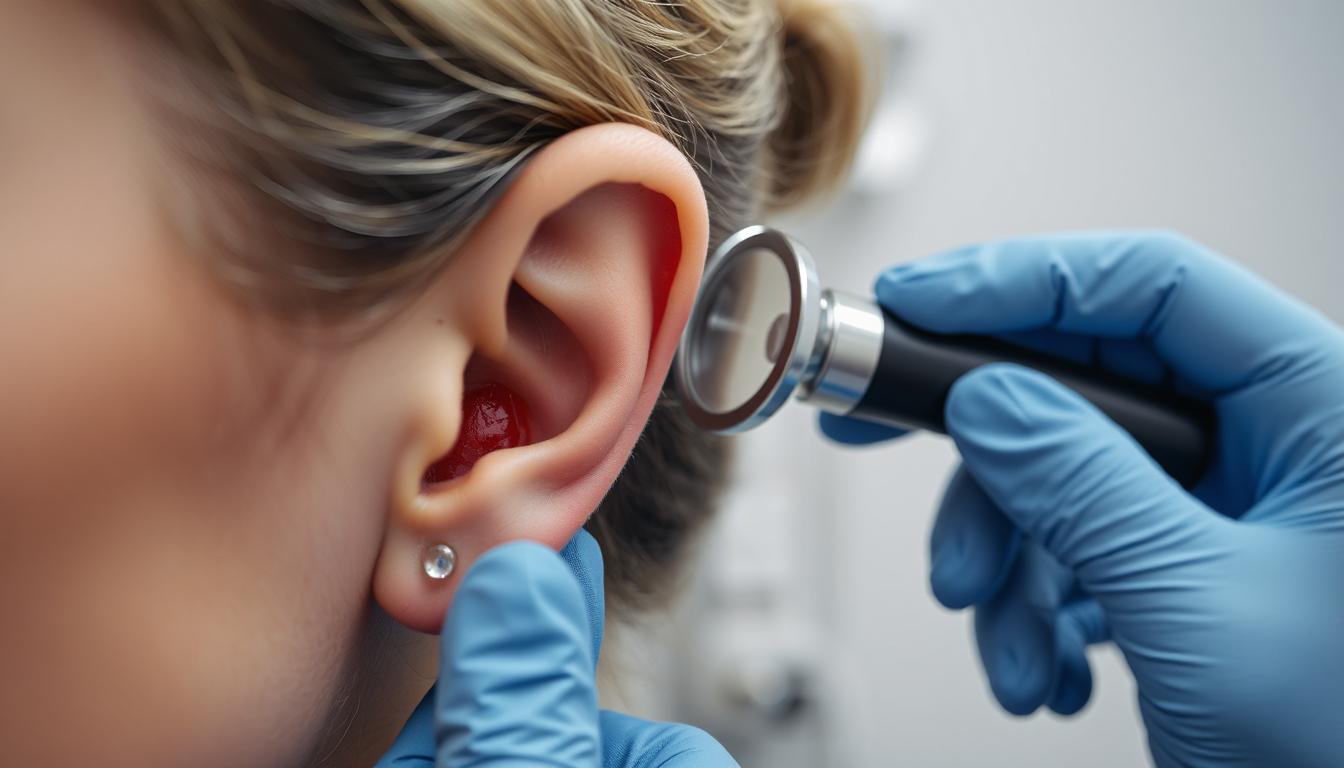
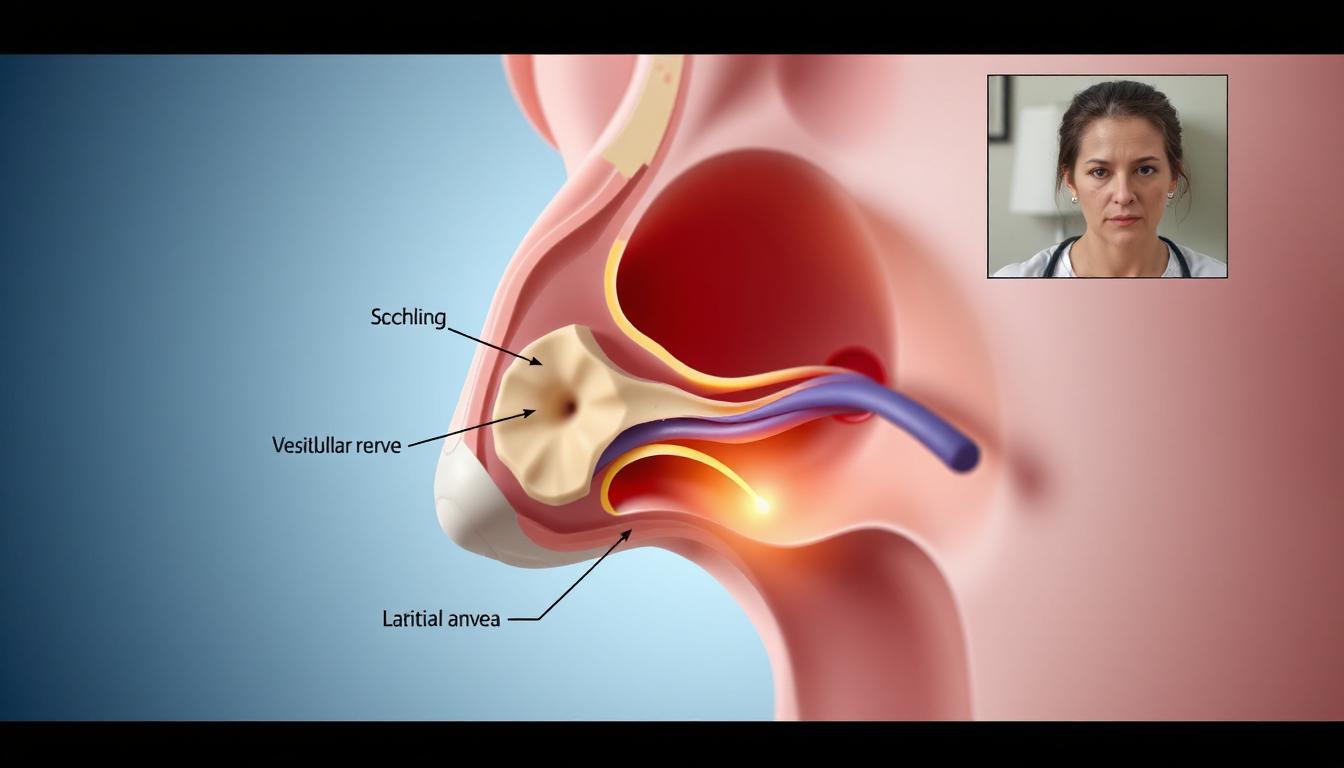








.webp)
.webp)
-(2).webp)
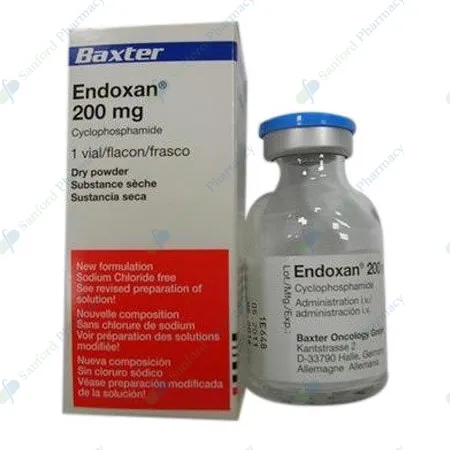
.webp)